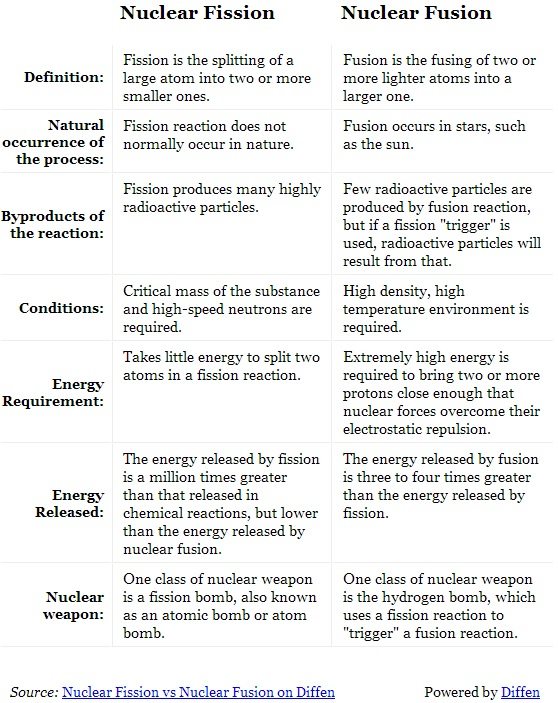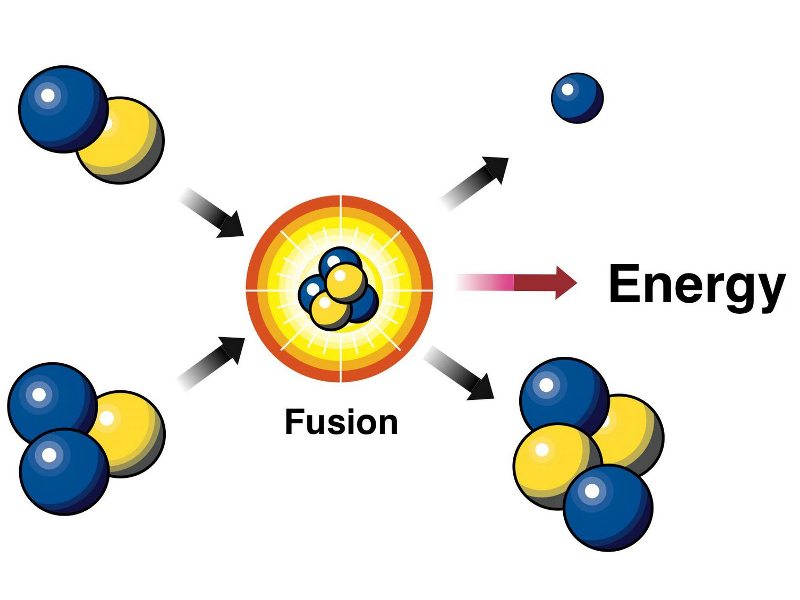National Ignition Facility Passes Milestone In Creating Stable Nuclear Fusion
Shane Blume / 11 years ago
A fusion reaction is caused by taking Deuterium, an isotope of hydrogen, with 1 proton and 1 neutron, a Proton, which is a normal hydrogen nucleus, Helium-3 which is an isotope of helium with 2 protons and 1 neutron, and normal helium which is 2 protons and 2 neutrons. Then you smash them all together with a powerful laser. To free up any confusion about Nuclear Fusion check out this chart provided by Diffen.com

Why are we telling you this? Electricity is key to survival in any urban area, we use electricity for everything, from lights, to cooking, to powering our computers. Some people even use electricity to power their vehicles. With high demands for power to be produced researchers are always trying to up their game. We need to find a reliable source of energy that is easy to create, maintain, and distribute.
The BBC recently reported on a crucial milestone for a US laboratory and their ultimate goal for world domination of achieving self-sustaining nuclear fusion. The National Ignition Facility also known as NIF, in Lawrence Livermore National Laboratory who have been working to harness nuclear fusion and for the first time their experiment produced a fusion reaction! Bringing them one step closer to their goal of producing a proper fusion reactor.
The process includes firing their 192-beam laser at a small hydrogen fuel pellet, which causes the pellet to compress as well as heating the pellet. This leads to more energy being released than what is absorbed by the pellet and that obviously has huge potential benefits, plus creating a small star here on earth sounds pretty freaking awesome!
Though all of the kinks have not been worked out just yet, the goal is to create a state of ignition where the fusion reaction generates as much or more energy than is produced by the laser. Soon we may be able to provide energy by creating a small star here on earth.
Thank you BBC for providing us with this information.
Image courtesy of Interesting Energy Facts




















